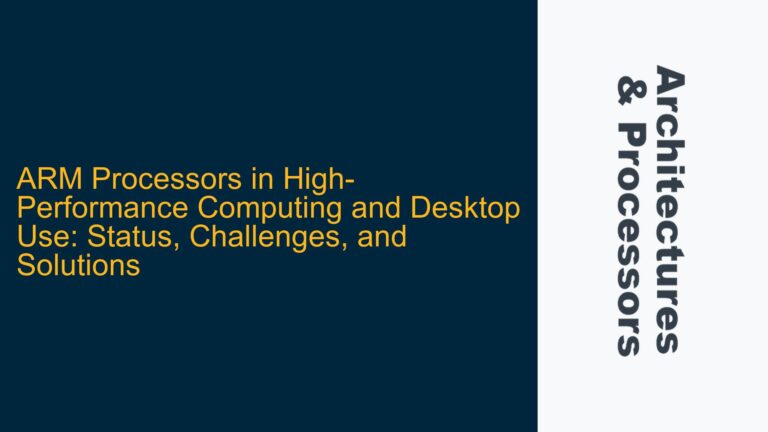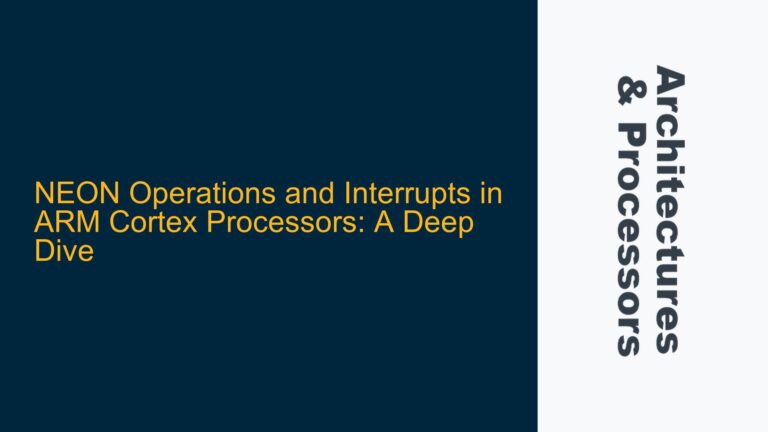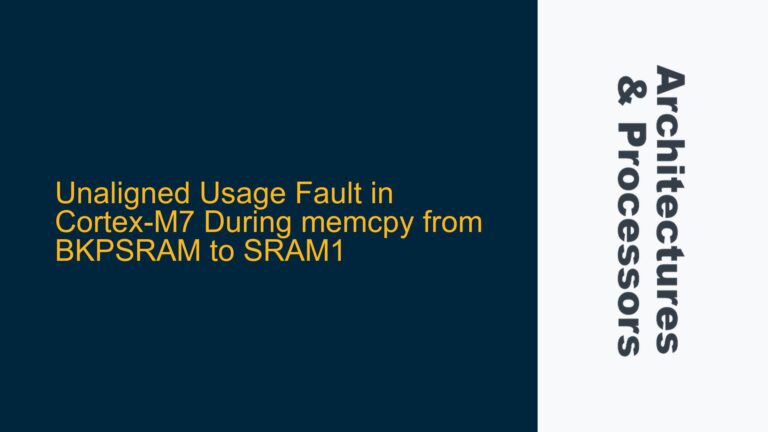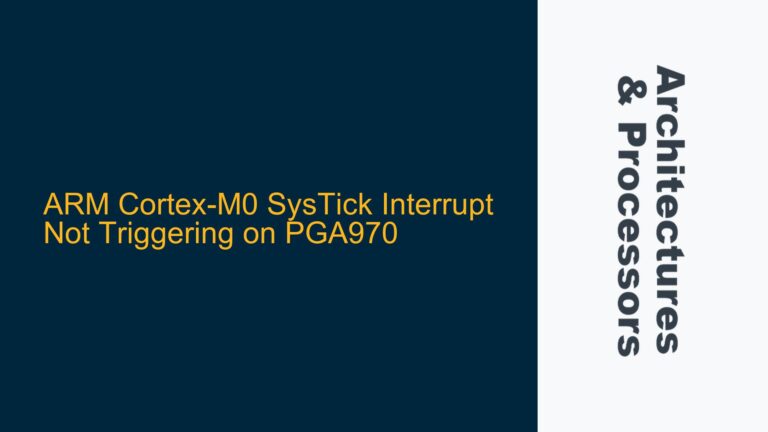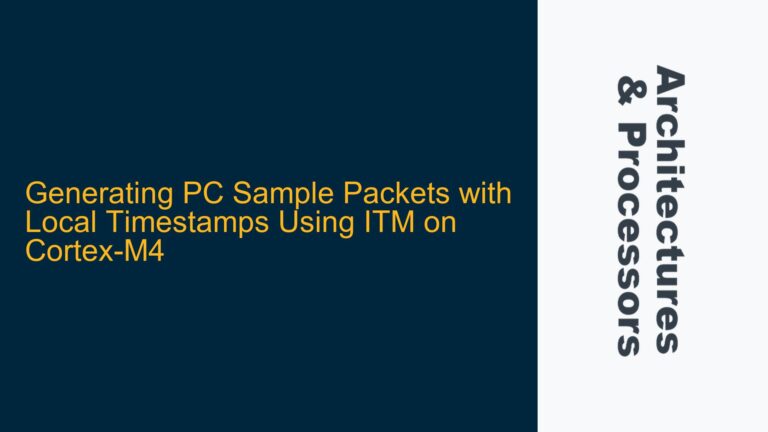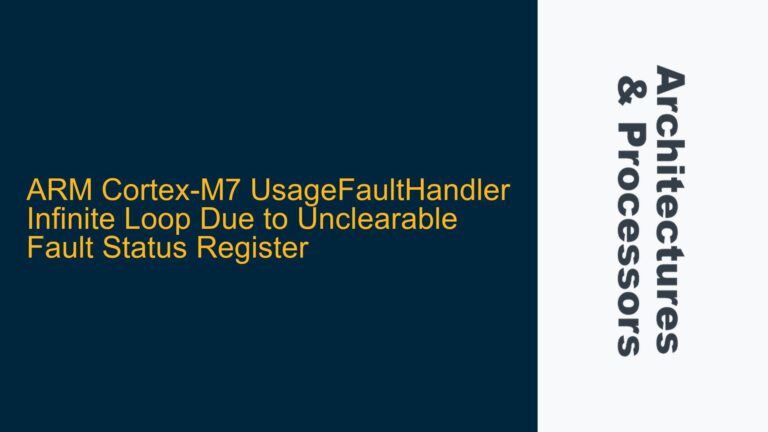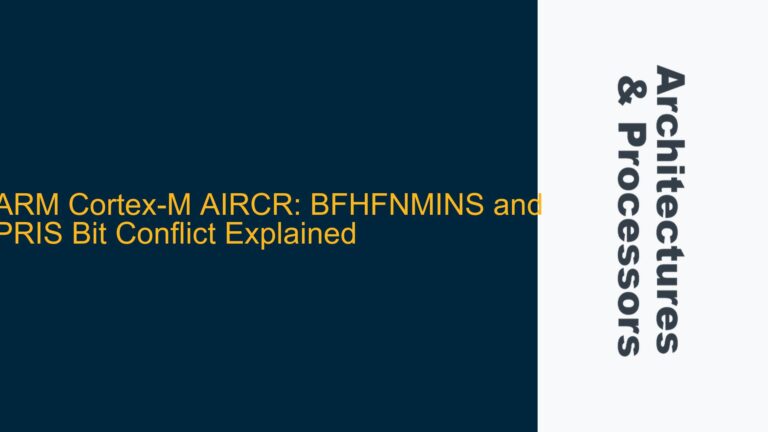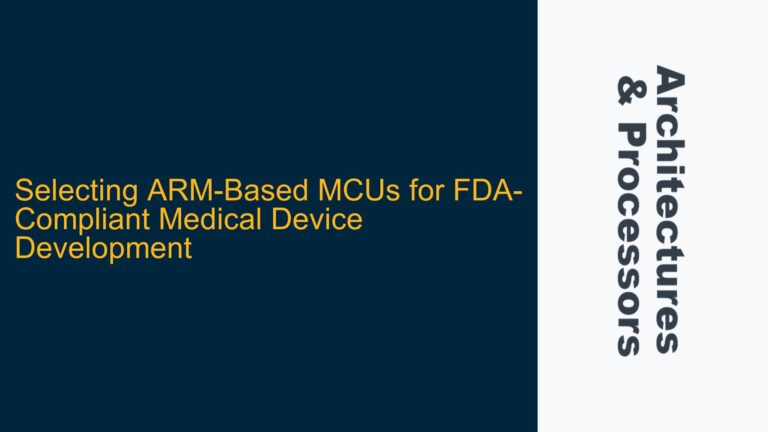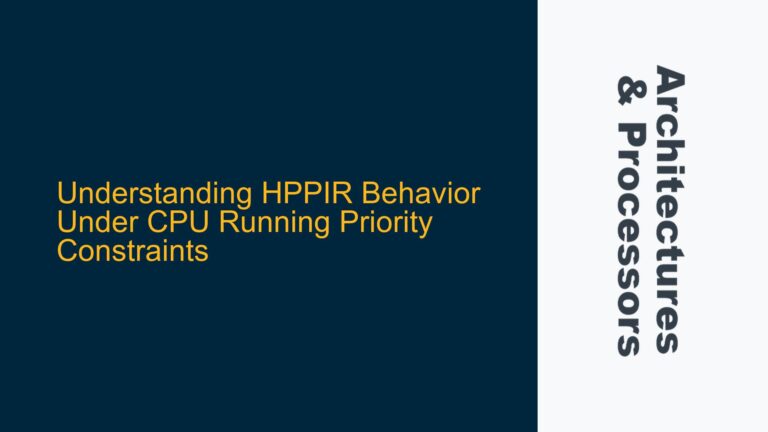HADDR Bus Width in AHB5 Protocol: Addressing Beyond 32 Bits
ARM AHB5 Protocol and HADDR Bus Width Evolution The Advanced High-performance Bus (AHB) protocol, developed by Arm, is a cornerstone of many System-on-Chip (SoC) designs, particularly in embedded systems. AHB is part of the Advanced Microcontroller Bus Architecture (AMBA) family and is widely used for high-performance communication between processors, memory controllers, and peripherals. One of…

